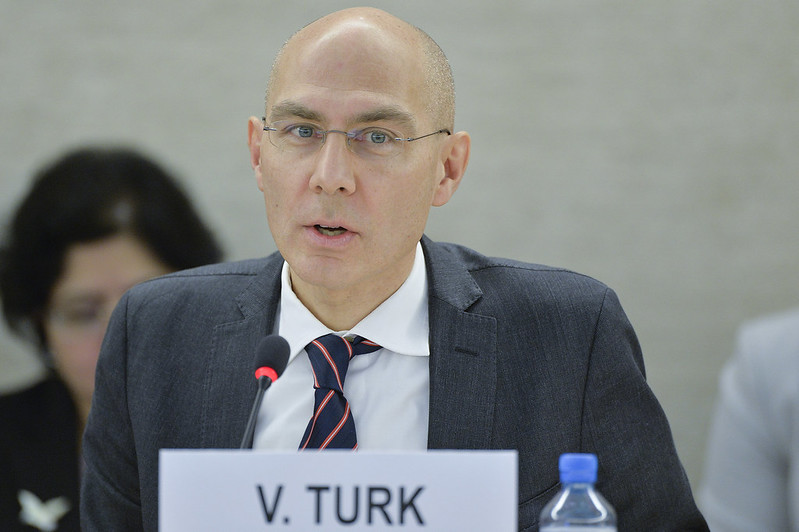– Advertising –
The first phase of the Pan American Health Organization (PAHO) and International Telecommunication Union (ITU) communication campaign to address vaccine hesitancy in Eastern Caribbean countries has been a resounding success.
The campaign, which started in October 2021 and ended in June 2022, was developed to address four main challenges: low uptake of the COVID-19 vaccination, due to misconceptions and mistrust; Prevalence of Infodemic (false information about COVID-19 which was distributed mainly on social media and the Internet); the desire to achieve 70% coverage of COVID-19 vaccination by June 2022; and the emergence of new variants of concern due to the high circulation of the COVID-19 virus.
PAHO and ITU worked on the campaign with telecommunications provider Trend Media / Digicel. The campaign used the public-private partnership model, created by the joint EU WHO-ITU [email protected]The Be Mobile initiative to rapidly implement a content delivery channel that would be relevant and accessible (including to people with limited internet access).
The awareness-raising and behavior change information curated by PAHO was packaged in engaging multimedia formats (infographics, posters, videos, etc.) and posted online. People received SMS messages with short preventive health advice along with links to multimedia materials that they could access without any data traffic costs.
– Advertising –
The information communicated was intended to raise awareness; debunks myths; give instructions; and encourage people to get vaccinated.
Phase 1 originally ran from October 2021 to January 2022 and targeted Antigua and Barbuda, Grenada and St. Lucia.
When the project was extended to June 2022, Dominica and Saint Vincent and the Grenadines were included.
The PAHO ITU team rated the campaign a success based on the following research findings. One in four people read the 5 million forwarded messages and opened the links.
Additionally, approximately 81 percent of mobile users who receive the messages describe the content as useful, interesting or relevant; and just over 50 percent of cell phone users said the information they received helped them stay alert for related risks.
Importantly, at least 5 percent of respondents reported that the communication campaign helped them decide to get vaccinated; while close to 14 percent said the information helped them adjust their behavior.
Based on the outcome of this initiative so far, PAHO and ITU are currently in discussions for the second phase of the project. The second part of the project will target those countries that were not included in the first phase.
See also

The representative for the PAHO/WHO Office for Barbados and Eastern Caribbean countries (ECC), Dr. Amalia Del Riego, described the progress so far as “very encouraging!”
Dr. Del Riego added: “The second phase of the campaign will give PAHO and ITU an opportunity to raise awareness and reduce vaccine hesitancy in our other countries and territories.”
According to Mr. Bruno Ramos, Director of the ITU Regional Office for the Americas: “The campaign highlighted the possibility of using digital technology to support preventive health measures to contribute to better health and development.”
Mr. Ramos underlined that the ITU Regional Office looks forward to collaborating with PAHO and other partners to support the integration of cost-effective digital solutions in projects and initiatives related to the SDGs.
SOURCE: Pan American Health Organization
– Advertising –


